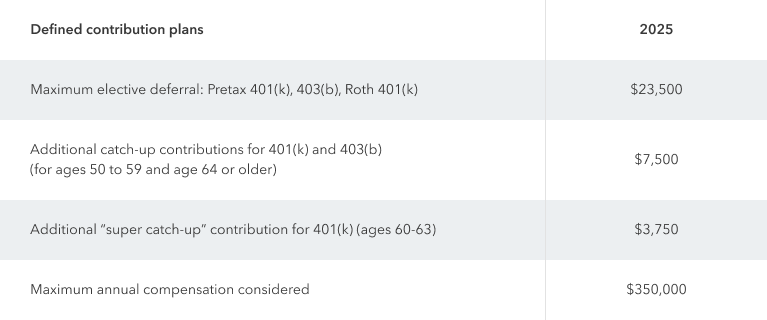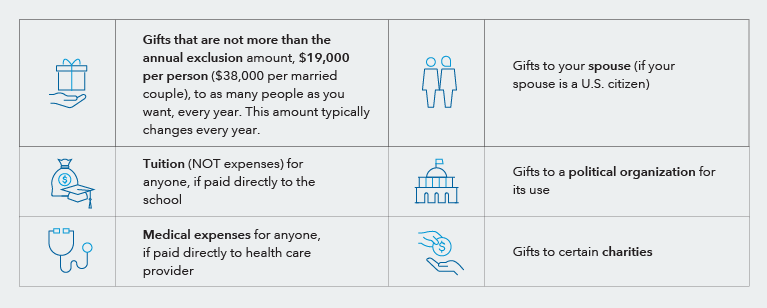For investors, 2025 has already been an eventful year — trade disputes, tariffs and a sweeping new tax and budget bill have all grabbed investor attention. Investors who have been on edge about future tax policy finally have some clarity — the “one big beautiful bill” passed by Congress in July extends numerous tax breaks that would otherwise have expired this year.
Beyond what’s new in the bill, the sweeping legislation presents an opportunity for advisors to work with their clients on overall tax strategy and tax-aware wealth planning. In our newly published guide to Smart tax strategies for investors we offer ideas and strategies to help advisors have those conversations with clients.
To take a potentially overwhelming topic and boil it down to manageable insights for investors, the guide covers three broad categories: the basics of easy tax mitigation, taking a tax-aware approach to investing and gift and estate strategies that can help reduce taxes on generational transfers of wealth.







